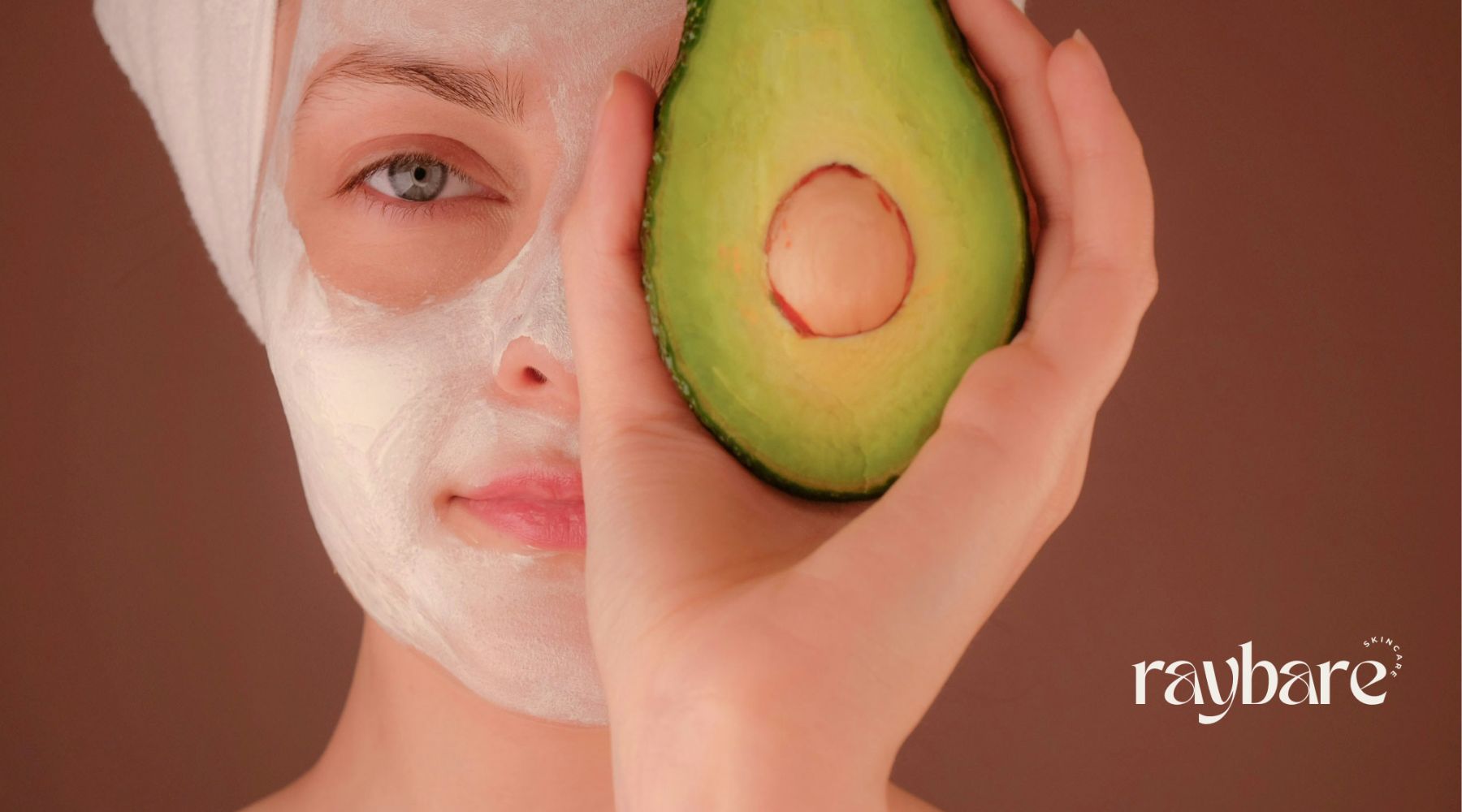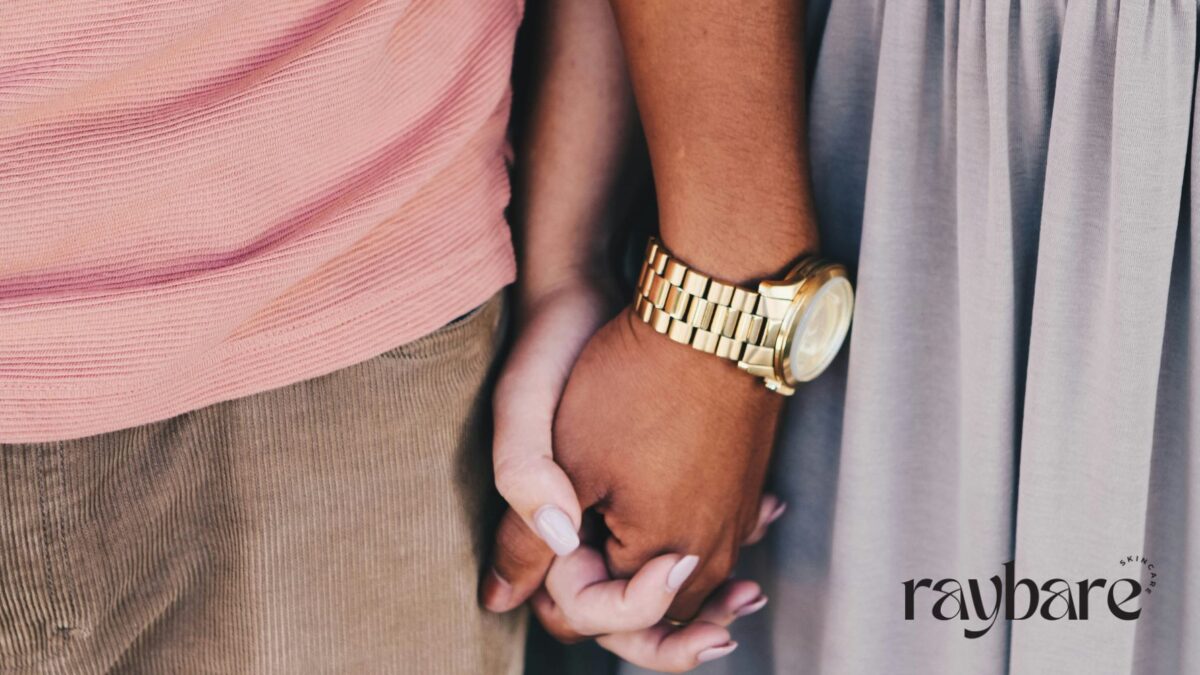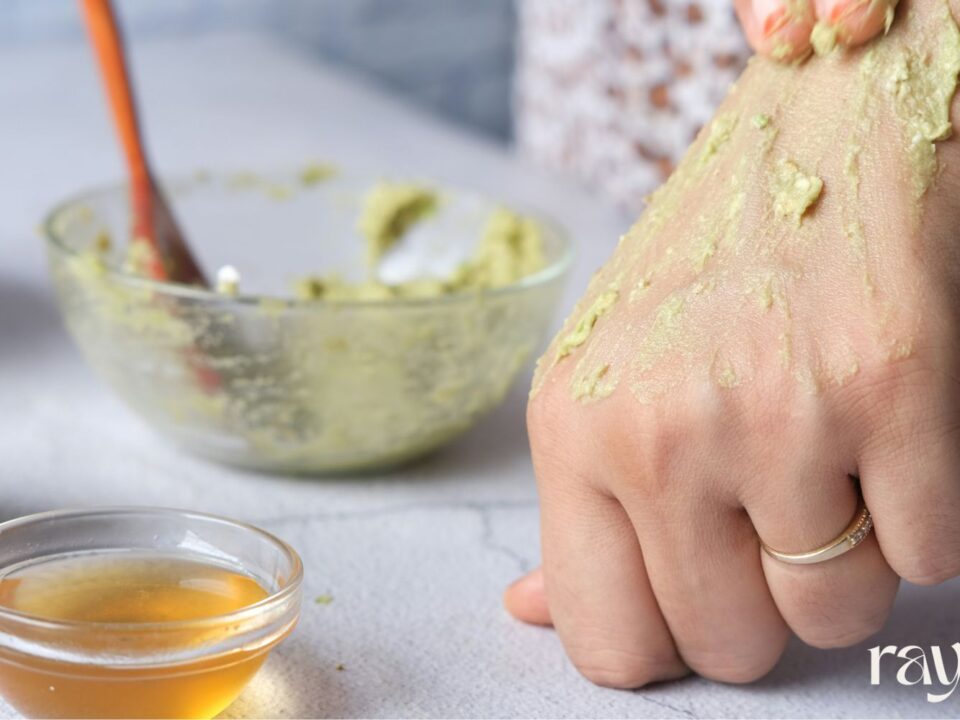What Colors Can You Mix for Skin Tone Tattoos?
Tattooing skin tone, especially on darker skin, requires a deeper understanding of color mixing and a careful approach to ensure that the tattoo looks vibrant, healed well, and blends naturally. Whether it's for a portrait, realism, or color piece, selecting and mixing the right colors is crucial for tattoos to complement various skin tones, especially darker skin. In this article, we’ll explore the colors that work best for tattoos on dark and brown skin and provide insights on how to mix pigments effectively for the perfect skin-tone tattoo.
When it comes to creating color tattoos for darker skin tones, selecting the right pigments and understanding color mixing are essential for achieving vibrant and long-lasting results. Tattoo artists often choose rich, bold hues like deep reds, greens, and jewel tones to ensure the tattoos stand out beautifully on dark or brown skin. Proper mixing techniques, such as blending with earthy tones and adding subtle highlights, play a crucial role in ensuring the design complements the skin's natural undertones and heals effectively.
Understanding the Impact of Skin Tone on Tattoos
When considering healed color tattoos on dark skin, it’s important to understand that skin tones act as a natural filter, subtly altering how tattoo pigments appear once healed. Tattoos on dark skin males can often look different during healing and once fully settled into the skin. For darker and brown skin tones, certain colors and techniques yield better results, making it essential to mix the right pigments based on the individual’s skin color.
Best Tattoo Colors for Brown and Dark Skin
- Rich Reds and Deep Greens: Darker skin tones tend to make light colors fade or appear less vibrant over time. For color tattoos on dark black skin, artists often choose richer hues like deep reds, vibrant greens, and bold purples. These pigments hold up well and maintain vibrancy after healing.
- Muted Yellows and Golden Tones: Color tattoos on brown skin benefit from muted yellows and golden tones. These shades complement the natural warmth of brown skin without appearing too washed out or too stark against the skin's natural undertones.
- Earthy and Jewel Tones: When tattooing on brown and dark skin, jewel tones (like sapphire blue or emerald green) and earthy shades tend to show up more effectively. These pigments have a depth that can stand out beautifully on light brown skin and darker tones.
- Softer Pastels for Light Brown Skin: For color tattoos on light brown skin, softer pastels can work if mixed with a higher concentration of pigment. Lighter skin tones reflect more light, so pastel shades like lavender, light pink, and peach can pop when carefully applied.

Color Mixing Techniques for Skin Tone Tattoos
Tattoo artists use a range of techniques to ensure that their pigments show up vibrantly on darker skin tones. Here are some strategies artists employ when mixing colors for color tattoos on dark skin males:
- Blend with Earth Tones: A common approach for tattooing darker skin is to blend bright pigments with earthy tones, like browns and taupes, to create depth. This can make colors appear more natural on dark skin while still providing the vibrancy needed for the tattoo to stand out.
- Incorporate Black and Grey for Contrast: In many cases, black and grey are used to create contrast and shadowing that enhances the overall look of the tattoo. These shades are essential when mixing skin tone tattoos, as they can help define shapes and add realism to portraits and other designs.
- Highlight with White Sparingly: White ink can be used as a highlight, but for color tattoos on dark skin Reddit users often warn about the ink becoming less visible over time. When mixing, artists might opt for a slightly off-white or light beige tone to create highlights without the starkness of pure white, which can heal less predictably on darker skin.
Challenges of Tattooing Darker Skin Tones
Tattooing darker skin tones can come with its own set of challenges, but when done correctly, the results are breathtaking. One of the main concerns when working with dark skin is ensuring the tattoo doesn’t fade into the background or lose its sharpness during the healing process. Color tattoos on dark skin males often require extra attention to detail during both the application and healing phases.
The key to successful tattoos on darker skin is choosing the right pigments, as lighter colors like pale yellows or light blues may not always show up as expected. Experienced artists use this understanding to adjust their techniques, ensuring the design looks as good on day one as it does after it's healed.
My Experience:
From my own experience, I’ve seen firsthand how important it is to choose the right colors for tattoos on darker skin tones. When I got my first color tattoo, I was unsure how the colors would heal on my brown skin. After discussing it with my tattoo artist, we opted for deep reds and earthy tones, which worked beautifully. The key takeaway from that experience was how different the final result looked compared to how the colors appeared in the ink bottles. It taught me the importance of trusting a skilled artist who understands how pigments interact with skin tone.

FAQs About Tattoos on Darker Skin
How do healed color tattoos on dark skin look?
Healed color tattoos on dark skin can maintain their vibrancy if the right colors are chosen. Rich, bold colors tend to heal better, while lighter colors may appear muted or less vibrant over time.
What colors make skin tone tattoo ink?
Skin tone tattoo ink is created by mixing different pigments to match the natural shades of human skin. These pigments often include browns, taupes, yellows, reds, and even a hint of white to achieve the right balance. Tattoo artists may customize these blends depending on the person's skin tone, whether it’s light, medium, or dark. For darker skin tones, more brown and red tones are typically used to match and blend seamlessly with the skin.
Can you get a tattoo to match your skin tone?
Yes, tattoos can be designed to match your skin tone, especially in the case of cover-ups, scar camouflage, or achieving a more subtle design. By mixing pigments that closely resemble your natural skin color, artists can create tattoos that blend well with your complexion. However, for darker skin tones, certain colors may need to be adjusted to ensure they appear natural once healed.
What colors work best for tattoos?
The best colors for tattoos depend on the individual's skin tone. For lighter skin, bright and pastel colors like blues, pinks, and yellows tend to show up well. For darker skin, deeper and more saturated colors like bold reds, emerald greens, royal blues, and purples work best. Muted tones like gold or burnt orange can also complement brown skin. It’s essential to choose colors that will hold their vibrancy after healing.
What color ink is best for dark skin?
The best ink colors for dark skin are bold, vibrant hues that can stand out against the skin’s natural tones. Deep reds, rich greens, blues, and purples are highly recommended because they retain their brightness and contrast well with dark skin. Muted and earthy colors, like browns and golds, also complement the undertones of darker skin. Lighter shades, such as pastels or white, may not heal as visibly on dark skin, so artists often avoid using them for large portions of the design.
Conclusion
Tattooing on darker skin tones requires careful consideration of color choice, pigment mixing, and application techniques. Whether you're considering color tattoos on dark skin males or color tattoos on light brown skin, the goal is always to create a design that looks vibrant and stands the test of time. By understanding how to mix colors for skin tone tattoos and choosing the right hues, artists can create stunning tattoos on any skin tone.
When it comes to healed color tattoos on dark skin, bold and rich colors are the best options, ensuring that the final result is a striking piece of art that complements the natural beauty of the skin.




